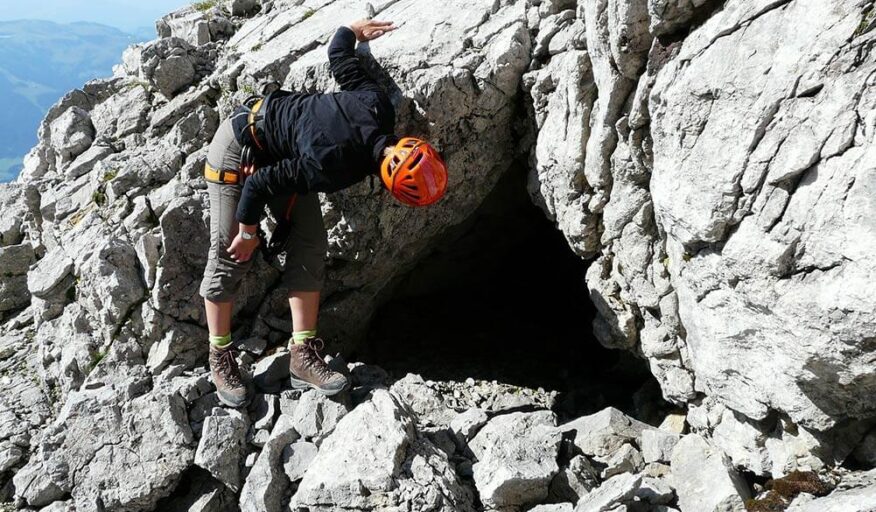
Approach projects with an eye for anchor points.
It can be tempting to leap into the “fun” part of a new project. But be warned — this type of enthusiastic leaping, this joie de vive can lead you into some tricky situations. Search your feelings — and consider your last few projects. Were you tempted to bypass the slow, boring parts of project management? How did that work out?
As mentioned in my previous article, we humans do have a tendency to ignore the problems of our future-selves. To counter these potential oversights, I have come up with a few ways to prepare ourselves for the different types of challenges we KNOW we will face in future projects.
Recognizing why we act the way we do is essential for future growth. As we continue to work our way through new projects, we should be setting ourselves up for success. This means becoming mindful of the future.
But first, let us turn back the clock, and revisit the you-of-the-past when they first encountered a new project. You will soon see that a little coaching will make a world of difference.

Give yourself something to latch onto.
The sensible adventurer knows to plan for contingencies, especially when facing unfamiliar terrain. Consider every new project an uncharted landscape, one fraught with potential pitfalls.

Projects often begin with an air of mystery.
How shall we navigate it? To use the terms of the climber, I would recommend what is known as Aid Climbing:
Aid climbing — A type of climbing that makes use of rope, fixed bolts, pitons or foot slings, rather than features on the rock itself, to ascend the face.
REI’s Rock Climbing Glossary
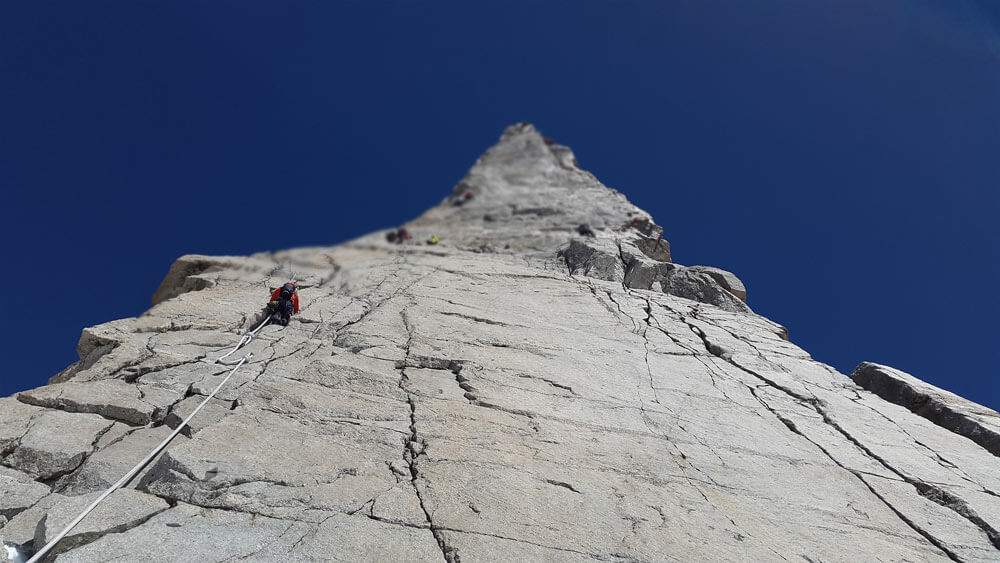
The climb looks better with a plan…
Doesn’t that look much more manageable? Similarly, when approaching an intellectual challenge, do so while remembering the entirety of the project scope.

… but the biggest improvement comes from having a clear path!
Charting the expected route of the project can help you better categorize your notes. Certain portions of your project will likely cover familiar territory (assessing current site content, etc), where other aspects will be truly unique. Catalogue these novelties; your work experience will become an encyclopedia of your industry, a travelogue of technologies.
Anchor — A point of attachment for a climbing rope, usually made with slings, runners or the rope itself. May be top-rope anchors, belay anchors or a protection piece mid-climb.
REI’s Rock Climbing Glossary
Picture this: You’re ready to embark on your first adventure into the abyss below. You turn to look down, when suddenly your foot skids dangerously.
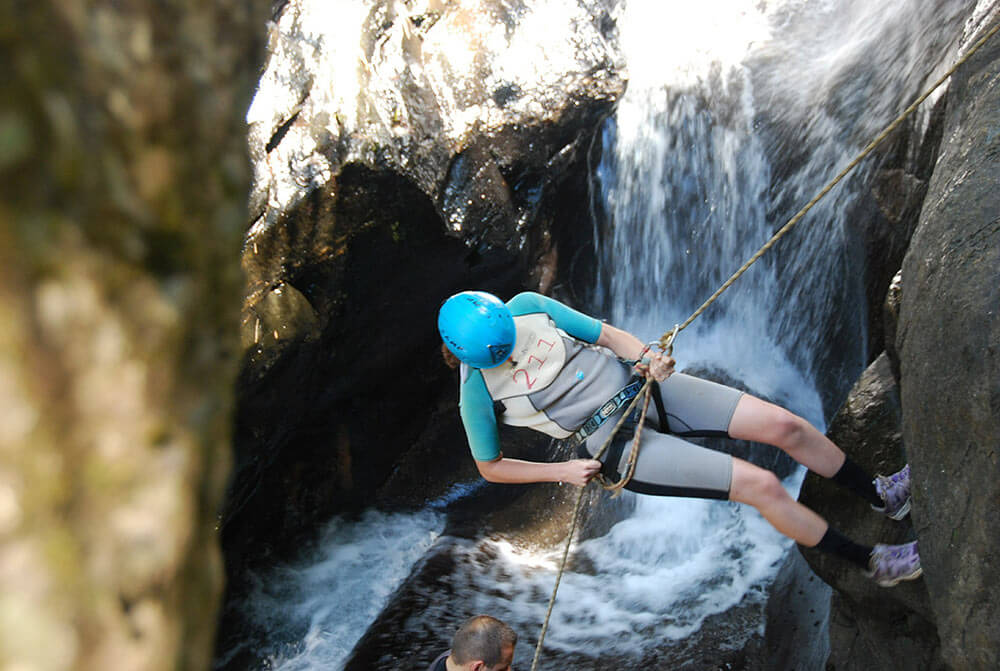
“Those rocks should break my fall nicely.”
Thankfully, you thought ahead. Instead of plummeting into the unforgiving darkness, you remain secured to your trusty bombproof anchor.
Bombproof — A hold or anchor that is thought to offer the utmost security; for example, a top-rope anchor around a large, stable tree trunk or immovable boulder.
REI’s Rock Climbing Glossary
What are these metaphorical bombproof anchors made of? Materials vary, subject to your industry. Always assess the terrain!
If you are programming, consider a few different versioning methods. Keep your backups safe, catalogue the differences between testing states, and you will have a clear path to return to should the need arise. Trial and error doesn’t need to feel quite so much like you’re the one on trial.
If you are writing, back ups are once again critical. Keeping files in the cloud is a good start, but it would be wise to periodically save your work to a thumb drive or external hard drive.
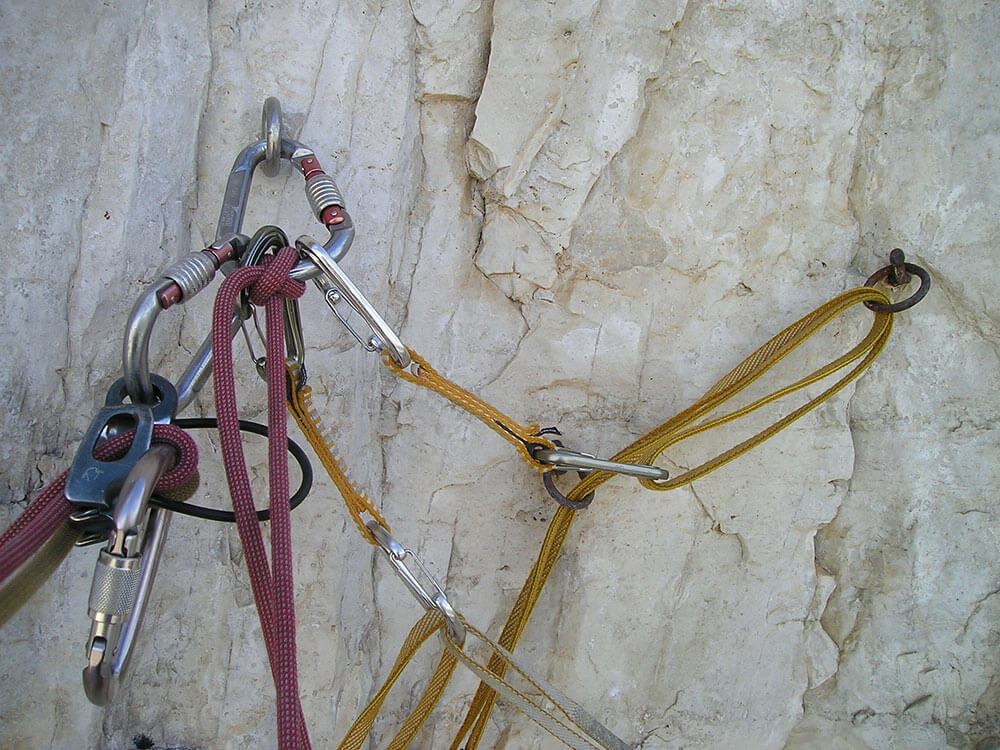
“Even my backups have backups!”
Consider this: Your beautiful document is nearly finished, when you manage to get locked out of your Google Drive. Why? Maybe you’ve lost internet access due to a power failure. Your computer has a backup battery, but what about that modem?
Or maybe your account gets flagged for suspicious activity. Maybe there’s a data breach. Now you’re left in the lurch, and the ground beneath you is crumbling.
A little foresight, and you could have a few bombproof anchors to save your neck.
To quote an Australian climbing expert Richard Delaney:
The term ‘redundant’ is used with roping systems; however I often wonder how much thought is truly put into this concept. By definition, a redundant component of a system is one that is not needed. A system with complete redundancy is one that will not fail as a consequence of the failure of any single component. Generally, my aim is to have rope systems with no single point or person of failure.
Richard Delaney, RopeLab
Let us take this wisdom into how we protect our project’s progress.
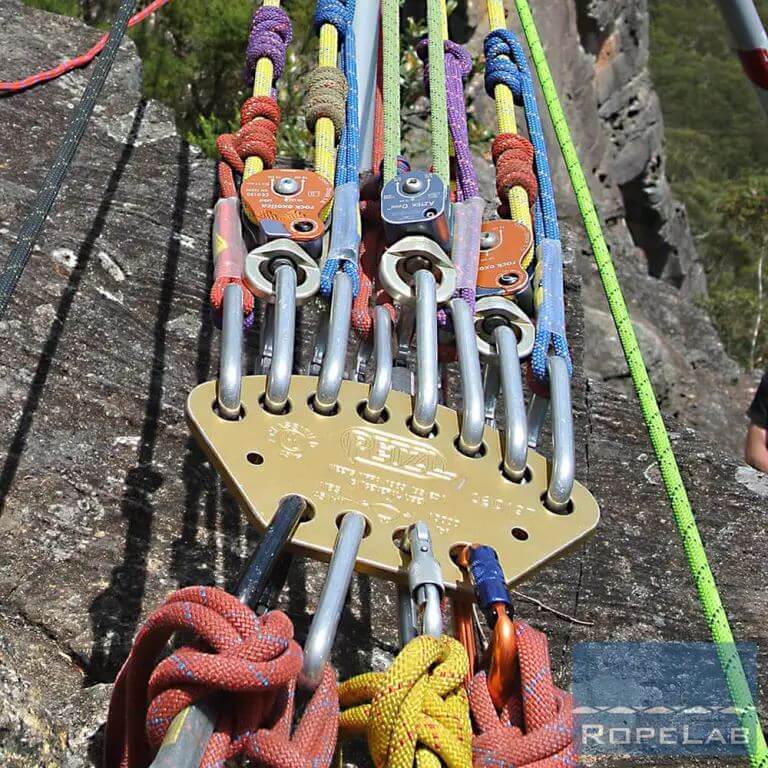
“That should just about do it!”
Source: Redundancy in rope systems, RopeLab
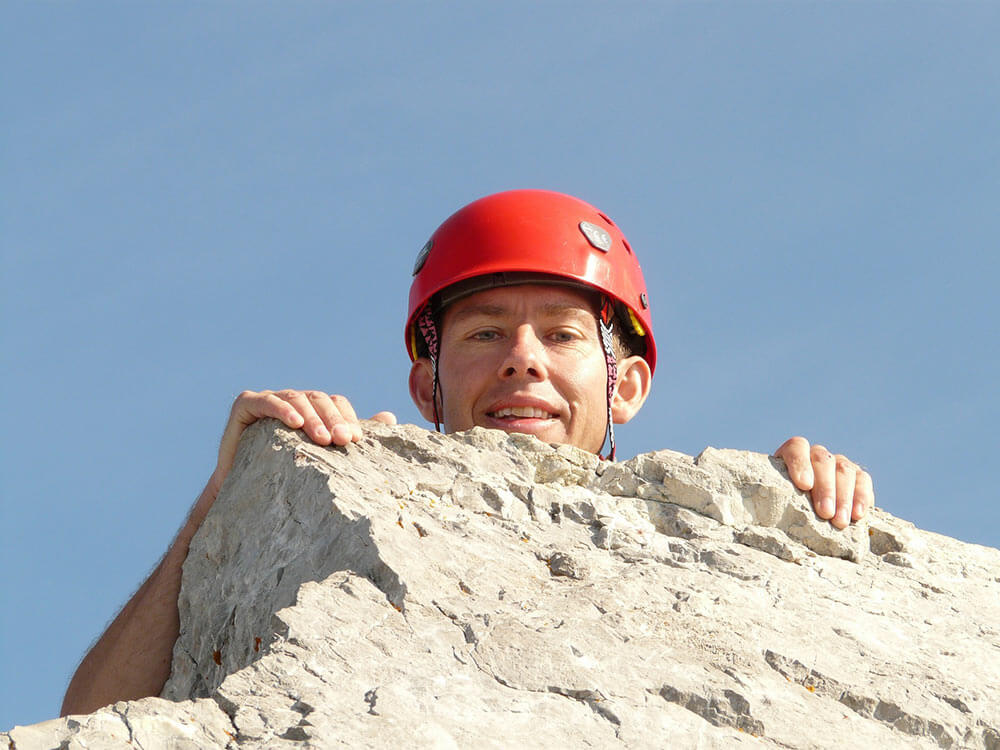
Lookin’ good!
Working this way is slower than sprinting to the finish. It may feel clunky, but so does a safety harness.
As you work your way through your project, regularly leave yourself anchor points. Create multiple backups along the way, and be clear in your notations. If you start experimenting midway through your virtual climb, indicate with your naming conventions what features are present with which variants.
With a few well-maintained guideposts on your trail, its travelers won’t go astray.
You know you are likely to hit some snags along the way, but even if it proves to be a cake-walk, a clear record of your actions will benefit whoever comes down the virtual pathway next time. It might even be you!
• The Climber’s method conserves your energy
• Ensure a better tomorrow by considering yourself to be an agent of your future’s past.
• Redundancy in Rope Systems, by Richard Delaney